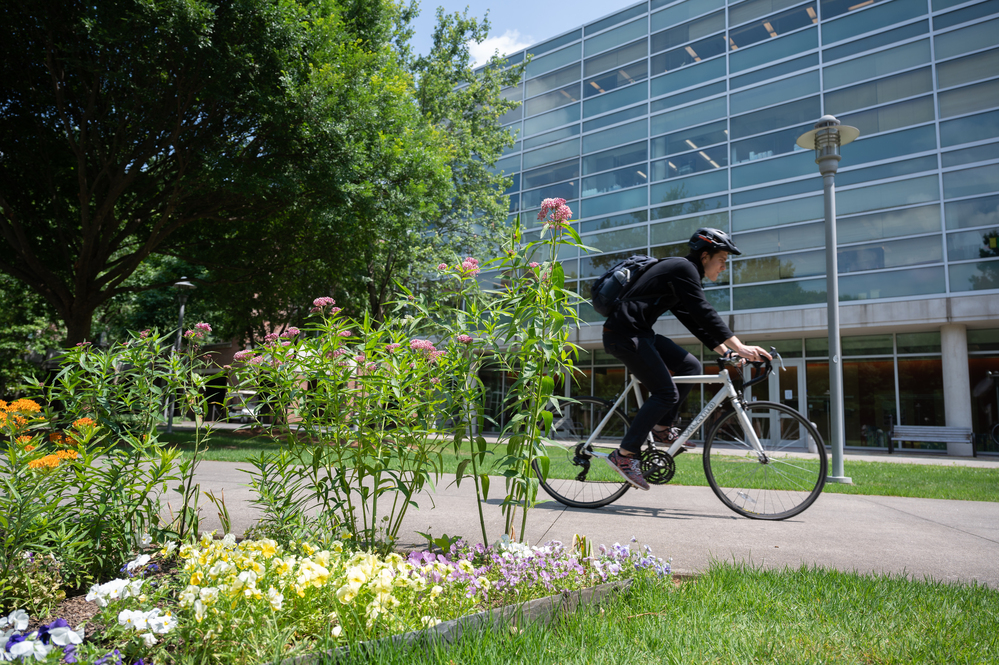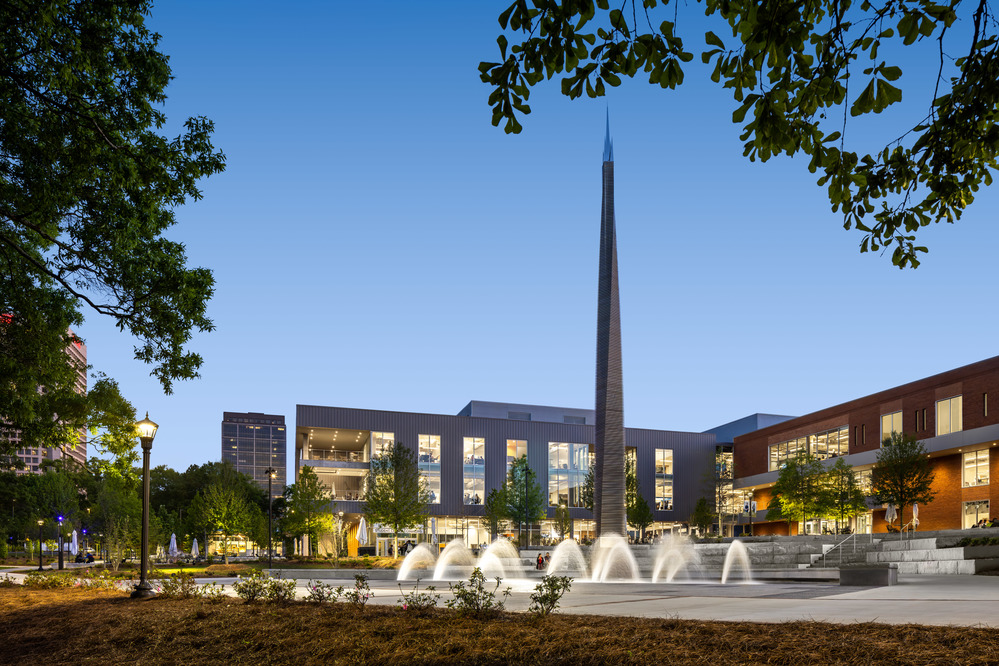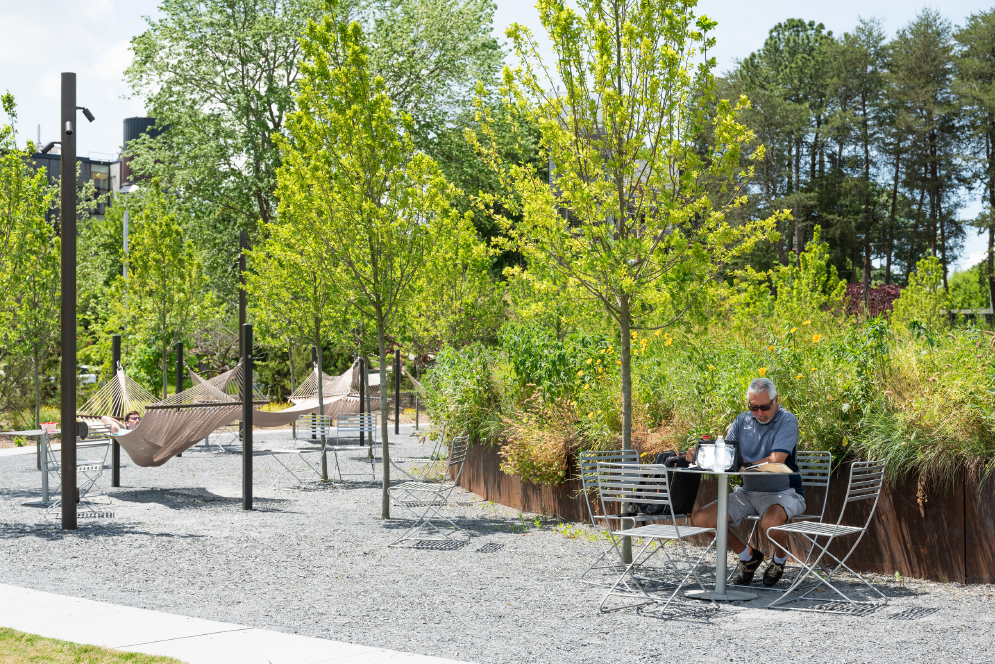About the Plan
Infrastructure & Sustainability (I&S) developed its strategic plan through a collaborative process involving employees from multiple departments. A dedicated steering committee shaped the mission, vision, goals, and objectives, ensuring alignment with Georgia Tech’s broader strategic direction.
The strategic plan remains a core component of budgeting and performance goal setting, guiding initiatives that strive for administrative excellence, support employee collaboration, and drive innovative infrastructure. For 2025, I&S will focus on:
Operationalizing Sustainability
Integrate sustainable practices into the daily operations and long-term planning of the Georgia Tech campus.
Construction Cost Reduction
Implement strategies and practices that minimize expenses associated with construction projects while maintaining high standards of quality and efficiency.
Prioritizing Training Workshops
Empower employees with internal development opportunities that foster skill growth and career progression.
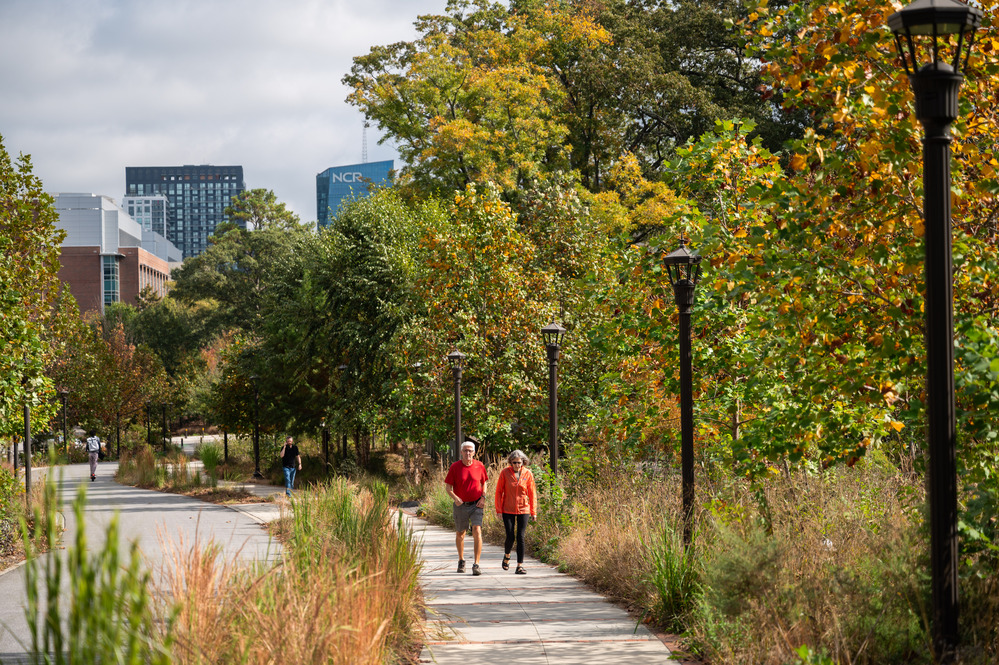
Vision Statement
Infrastructure and Sustainability will ignite and champion the global community toward a sustainable and resilient future through the empowerment of people and stewardship of resources.
Mission Statement
Infrastructure and Sustainability sets the standard for how to deliver an environment that is safe, sustainable, resilient, and innovative for the entire campus community.
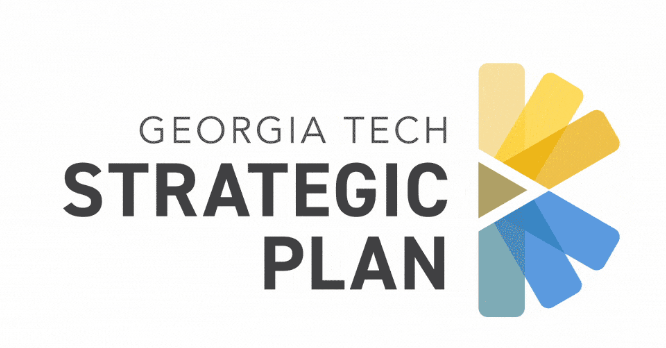
See how our focus areas support the goals of the Institute Strategic Plan.
Read the Institute Strategic Plan
Strategic Initiatives
Living Campus
The Living Campus concept was solidified through the A&F Strategic Plan. This initiative is a collaborative effort involving Infrastructure & Sustainability. The goal is to leverage the campus and its data to assist in research at the Institute. This initiative supports the ISP theme lead by example.
